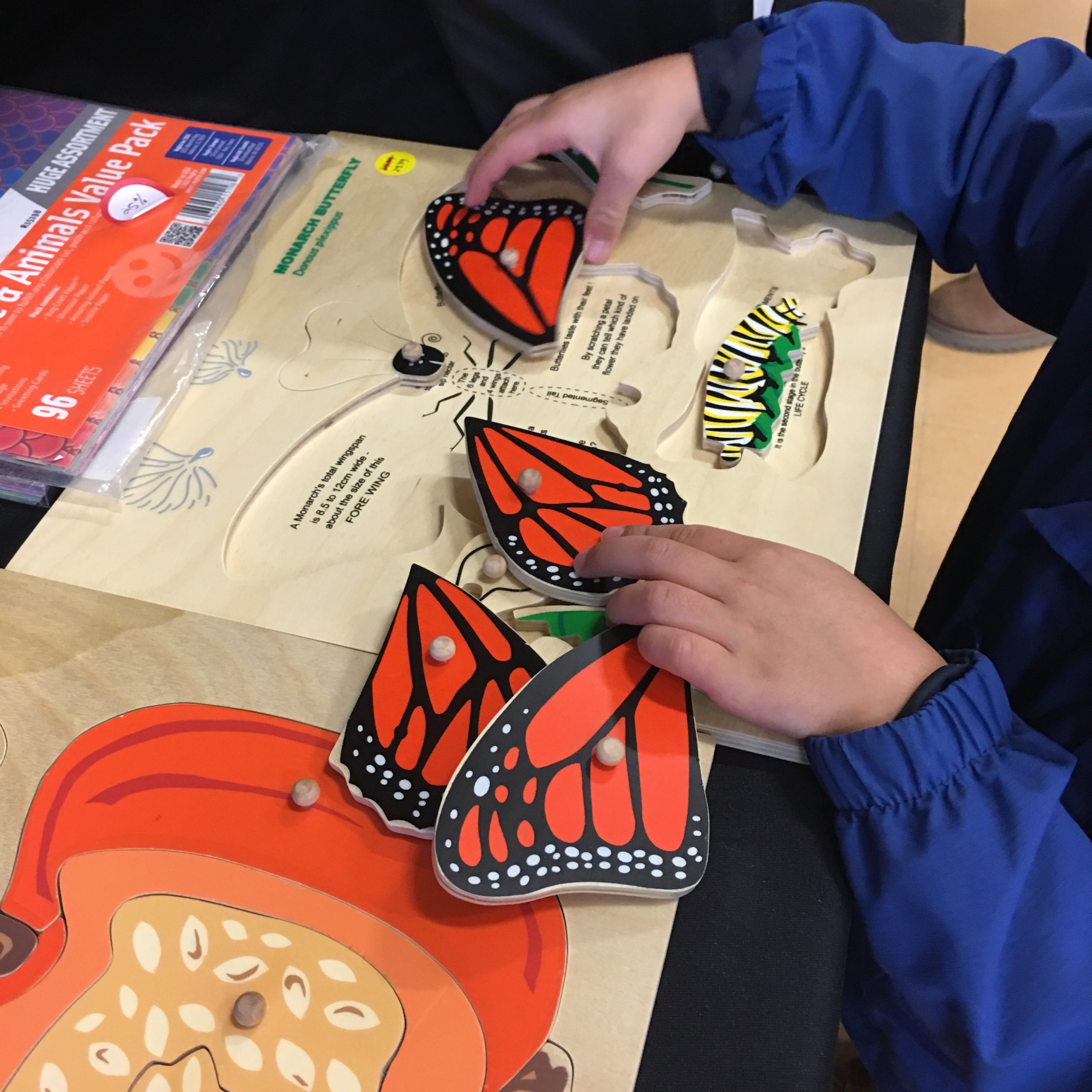Puzzles Are Versatile
Puzzles are some of the most versatile learning tools available for the home and classroom. It’s no wonder there’s a special day set aside on January 29 each year to showcase the plethora of options on National Puzzle Day. There truly is something for everyone. If you are more drawn to words, you might enjoy word searches, cryptograms, riddles and crosswords. But you may also fancy jigsaw puzzles, stacking or unstacking games, mazes, or Rubik’s cubes. How about those tricky brain teasers made of twisted bits of metal you’re supposed to try and separate (or put in someone’s Christmas stocking, right?). And let’s not forget digital games. These are all different types of puzzles.
You’ve probably tried all of these types of puzzles at some point in your life. You may now be introducing some favourites to your own kids or your grandchildren. And as you get older you may still enjoy doing jigsaw puzzles yourself. Maybe doing a puzzle has become a family Christmas tradition. Think of all the commuters doing the weekly Sudoku or the New York Times crossword. Or passing the time in a waiting room. Puzzles are everywhere!

You can find a puzzle based on any theme or interest and at many different price points. You can buy puzzles from almost anywhere, including your local drugstore, hardware store or grocery store. There are puzzles for every age group.
Baby or toddler – check
Pre-teen – check
Your 108 year old grandmother – check
Something titillating for your adult party – check
Need a quick ‘oops I forgot your birthday’ gift – done
Young and old, puzzles have got your back.

However, even if you are annoyed by those metal twisty brain teasers, you are probably still drawn to pick it up and give it a jiggle to see if you can part the pieces. Am I right? Let’s face it, puzzling is an addictive and satisfying activity in any shape or form. But why is that?
In honour of National Puzzle Day on January 29, it is only fitting to consider this perplexing question.
Here are 4 ways that solving puzzles exercises your brain.
1. Hemisphere Teamwork
Possibly one of the singular reasons puzzles of all sorts are so engaging, is because they activate both the left and right hemispheres of the brain. If you weren’t skipping highschool biology that day, you might remember that the left hemisphere of the brain is home to the analytical and logical side of things and the right hemisphere excels at all things creative. The ability to solve any given puzzle can use the brain power from either hemisphere (or both) as appropriate.

Logic puzzles lean towards the left hemisphere and focus on finding a solution to a problem through deductive reasoning. These may include riddles with clues, phrases or facts from which you must deduce the answer. The left hemisphere uses rational, sequential, objective or analytical tactics to come up with an answer. Sudoku is a popular logic puzzle that involves strictly manipulating numbers.
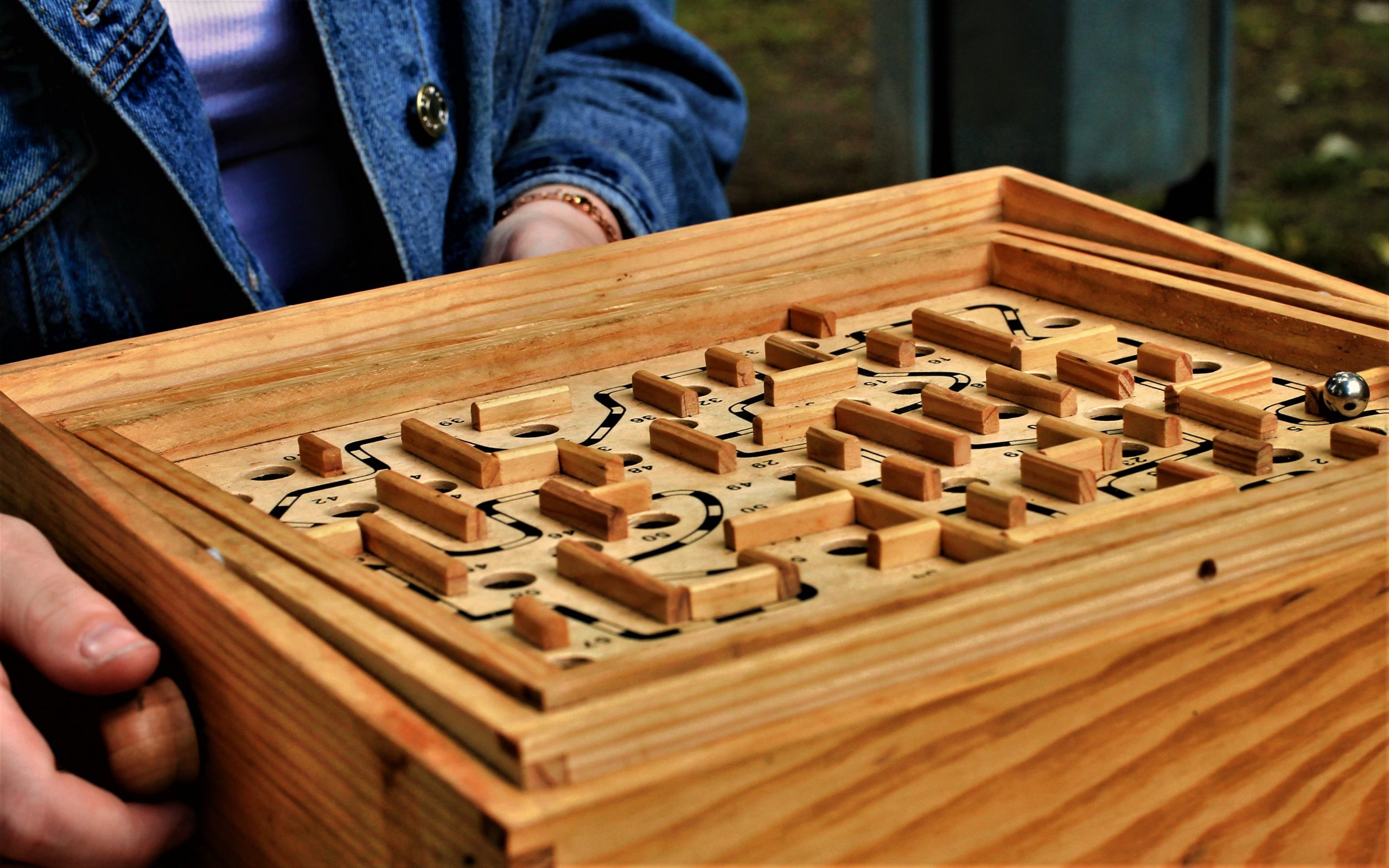
Puzzles that stimulate the right hemisphere tend to be more subjective and intuitive. These types of puzzles challenge your visual memory and recognition. The right hemisphere enjoys randomness and looks for the big picture. Puzzles of this nature might be matching games where image cards are flipped over one at a time to find a matching pair.
2. Strengthen Neural Pathways
The fascinating thing about the human brain is that brain cells communicate along neural pathways. The more frequently any given pathways are fired, the stronger those pathways become, which in turn reinforce that activity. This is how habits are formed (and why they can sometimes be hard to break). This is also how we remember how to do things like ride a bike, drive a car or pick up an instrument you haven’t played in a while and suddenly find yourself playing an old tune. You might also know this phenomenon referred to as muscle memory.
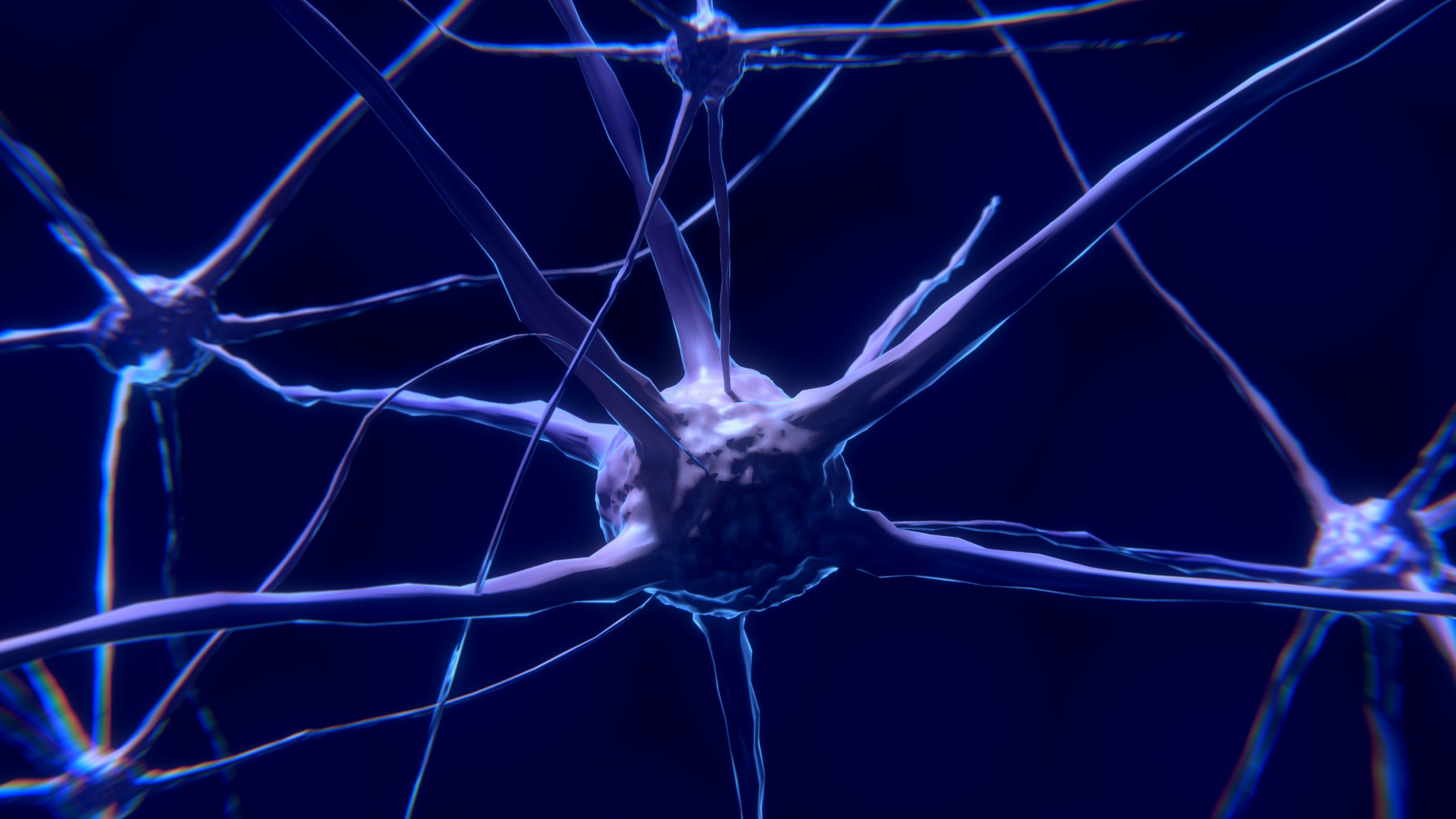
Strengthening the neural pathways is not restricted to only one hemisphere or the other. The pathways are also forging connections between the hemispheres. New pathways can form where there were none before, as the brain learns a new association or task. With the two hemispheres working together you are better able to learn, understand and remember.
3. Develop Concentration
Whatever your strategy is for tackling a jigsaw puzzle, it undoubtedly requires concentration and stretches your attention span. You might pile all the like colours together, start with the edge pieces, do mini sections first and join to the whole etc.
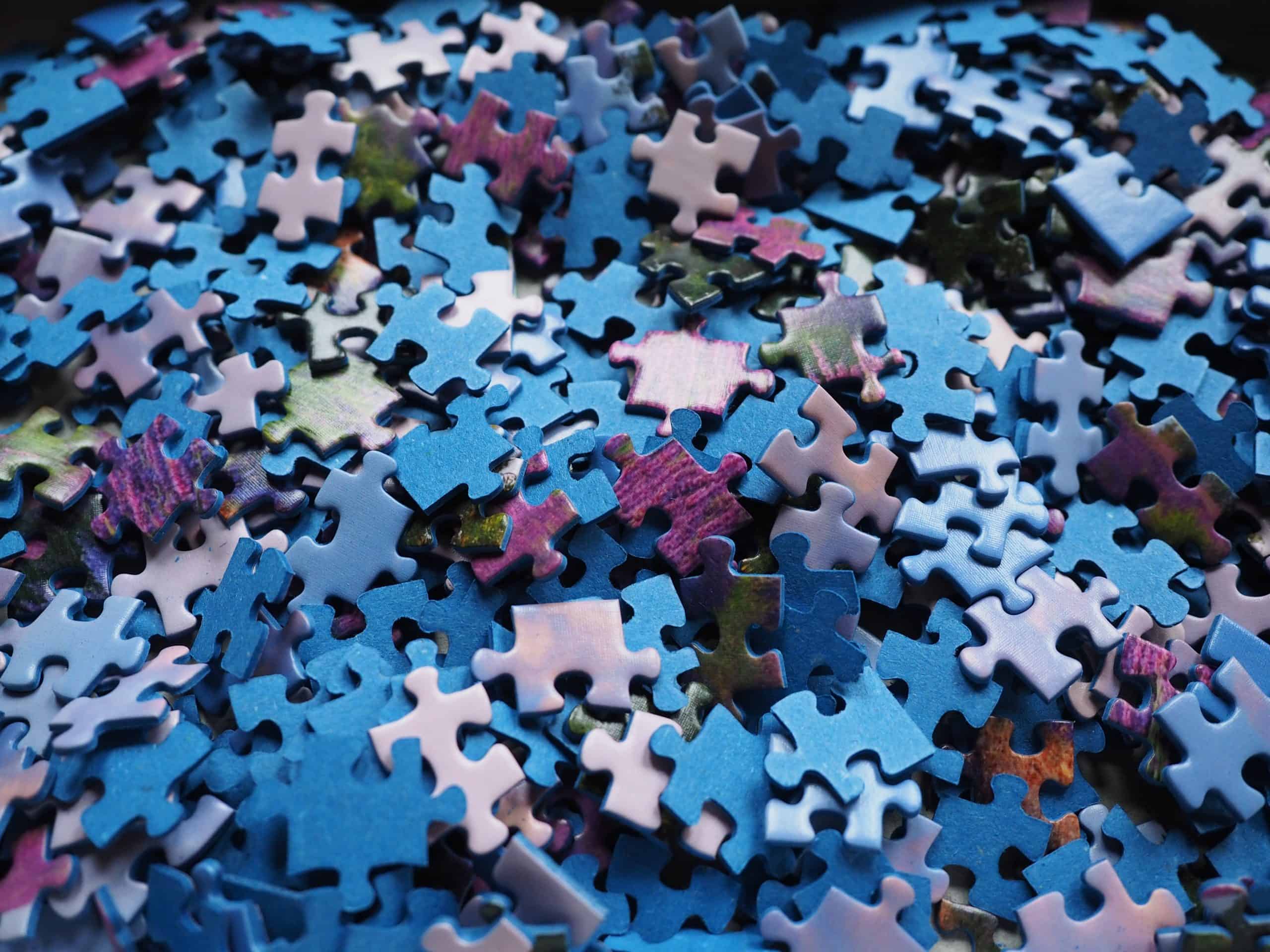
You might spend a lot of time staring at the puzzle pieces and partly finished sections, constantly scanning from one to the other to try and discern patterns and matching pieces. You need to focus on small details and train your eyes to see the differences in colours or shapes.
Some people prefer working on jigsaw puzzles as a solo activity that serves as meditation and relaxation. Others enjoy working in small groups, with family members or friends.

Larger puzzles can be left on a table and worked on over the course of a day or two for shorter periods of time when you need a brain break from other activities or work. Sometimes libraries or community centres have puzzles laid out on tables for patrons to stop by and see if they can find a few pieces.
However you accomplish this work ensures you are engaged and immersed.
4. Improve your Health
Engaging both hemispheres of the brain, growing and strengthening neural pathways and concentrating on a puzzle refocuses all of your energies and thoughts into a very mindful activity. Daily stresses and concerns take a back seat. This peaceful state reduces cortisol levels, lowers blood pressure and regulates emotions.

The crowning glory to solving a puzzle, whether it is that sweet moment when the intertwined metal brain teasers finally slip apart, or when you slap that last jigsaw piece in place, it’s a “Ta-da!” moment that releases a dopamine rush and elevates your mood and spirit. You are refreshed and satisfied and craving to do it again.
National Puzzle Day is January 29
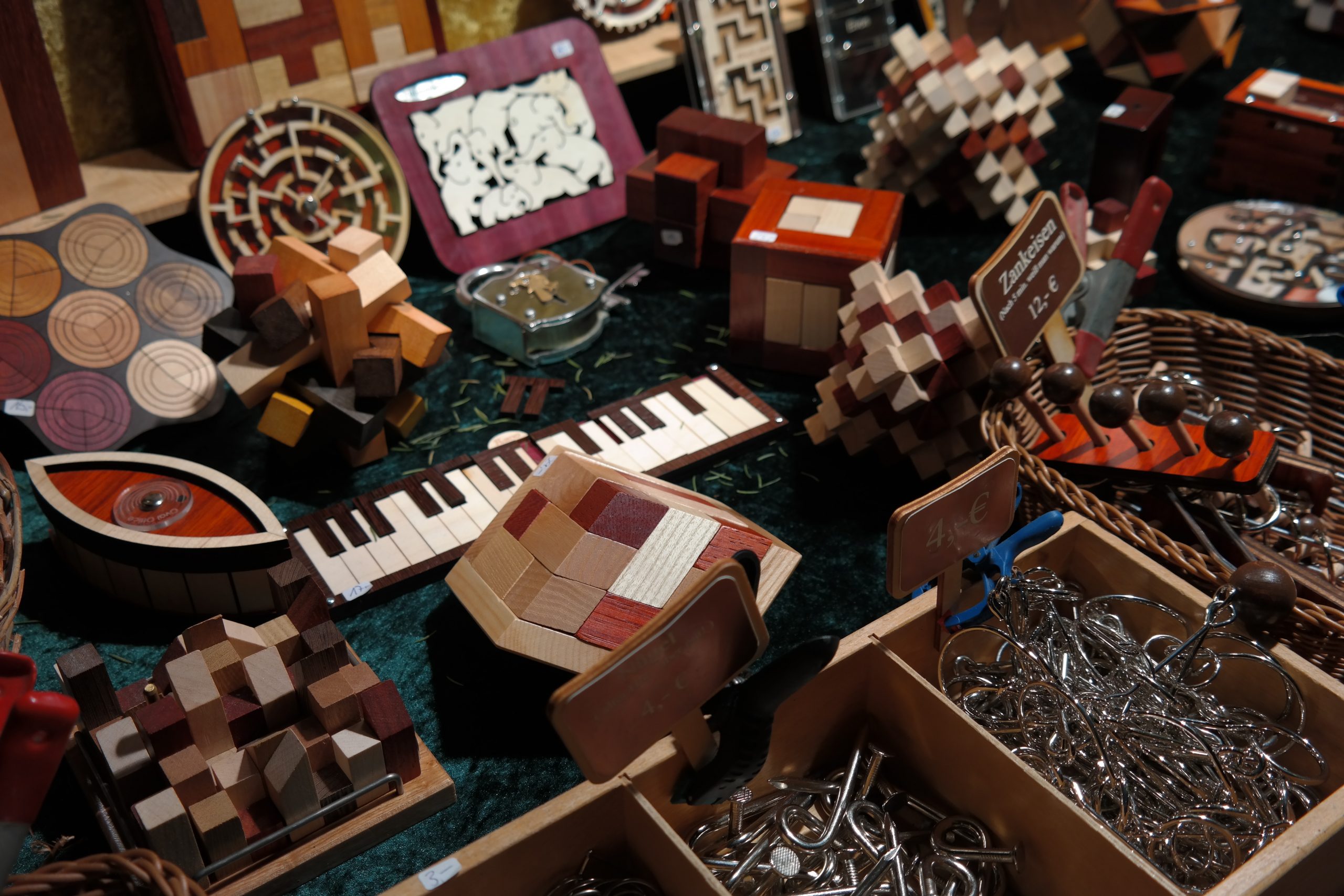
What’s your plan for National Puzzle Day this year? Is it time to take a crack at the 2000 piece landscape that is mostly green trees and fields? How do you choose a puzzle?
Do you pick it by the number of pieces, a pleasing picture or theme?
Do you look for puzzle collections or particular brands?
Do you go for photographic images, lots of colours, a monochrome look or artistic works?
Do you like shaped, layered or double sided puzzles?
Do you ever use puzzle glue to preserve your masterpiece and maybe even frame it?
One thing is for sure – I’ll bet you snap in that last piece and raise your arms in the air with a satisfying “Yesssssss!!”
Unless of course that last piece is missing….
